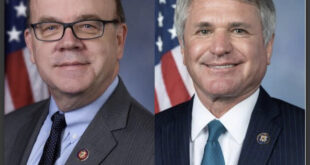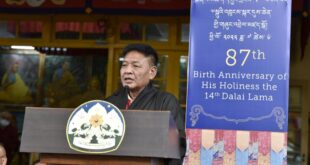By Allen Carlson
March 29, 2013
Beijing should give consideration to re-starting a process of engaging the Dalai Lama in dialogue, one that might even result in his return to Tibet.

March 10th, the anniversary of the uprising that led to the Dalai Lama’s flight from Tibet in 1959, has come and gone. While it is not as infamous in the West as the Ides of March, it is a day of great symbolic import in Tibet and has become a focal point for the expression of Tibetan protest against Chinese rule over the region. Yet, unlike in 2008 when widespread unrest enveloped Tibet following the anniversary, this month has seen no dramatic upheavals on the rooftop of the world.
On the surface such an outcome validates Beijing’s three-pronged approach toward managing the Tibet issue. First, it continues to send large-scale subsidies to the region intended to spur economic growth. Second, it oversees a dense network of coercive and surveillance measures designed to stifle any public expression of dissent. Third, it stymies the prospect of serious talks with the charismatic Dalai Lama in favor of waiting for his death. This final tactic appears to be based upon the assumption that China will be in a stronger negotiating position with the Tibetans after he is gone.
Read the full article “Moving Past the Wreckage of China’s Tibet Policy”
Allen Carlson is an Associate Professor in Cornell University’s Government Department.

